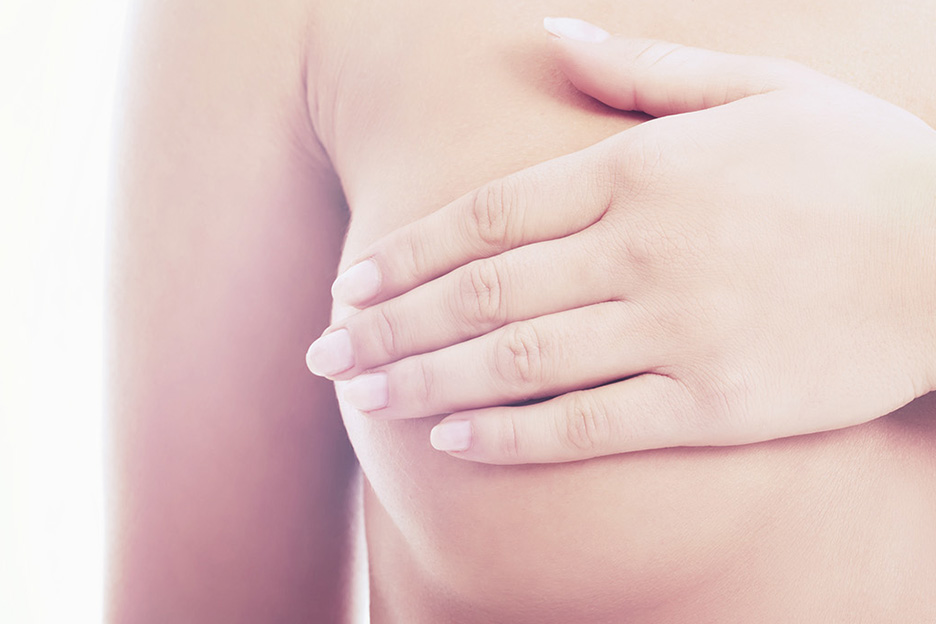There’s no right or wrong way to examine your breasts, nor a specific time to do it. But since one out of nine women will suffer from breast cancer in their lifetime, it’s important to know your breasts and examine them on a regular basis—regardless of your age.
Below are some questions to ask yourself for an effective self-examination.

1
Do you know the normal state of your breasts?
It’s important to know how your breasts look and feel like in their normal state to quickly detect abnormal changes, no matter how subtle.
2
Do you know normal breasts changes?
Breasts change throughout a woman’s life, and it’s normal to see certain changes over time.
- It’s normal to experience lumps during adolescent breast development.
- It’s normal for breasts to feel sore during menstruation.
- During pregnancy, breasts become larger and more sensitive.
- Breasts change during breast-feeding; you might experience nipple discharge even after breast-feeding stops.
- After menopause, breasts can change size, shape, and become less firm.
3
Do you know what changes to look out for?
When you examine your breasts, watch for the following potential changes:
- Change in size or shape
- Abnormal or persistent pain in the breasts or underarms
- Swelling around the underarm or below the collarbone
- Change in skin texture (wrinkles, folds)
- Change in the nipples (secretion, redness, crusting)
If you note a change that worries you, talk to your doctor.
Not all lumps are cancerous. Even though most of them don’t increase your risk of breast cancer or require treatment, talk to your doctor to be on the safe side.
4
Do you know how to examine your breasts?
There is no right time to do a self-examination; simply choose a regular schedule that suits you. It might be a good idea is to mark it in your calendar, so you won’t forget, or pair up with a friend and remind each other monthly to perform self-examination. You can examine your breasts by gently kneading them with your fingertips in a circular motion, moving from the chest wall to the nipple. Don’t forget to examine your underarms and the areas above and below each breast. Become aware of the way your breasts look and feel so that any unusual change becomes recognizable.